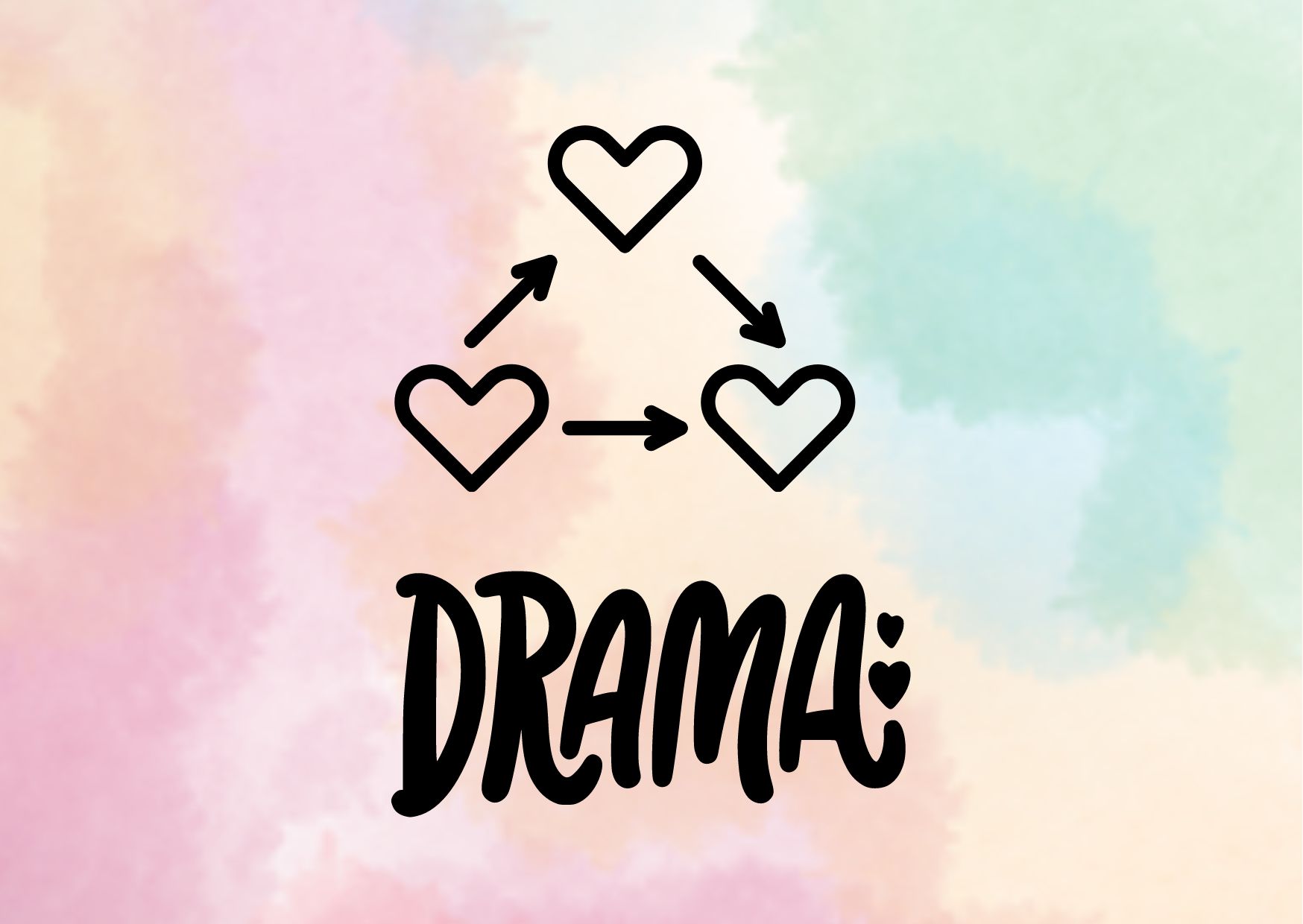Mastering the Drama Triangle: A Step-by-Step Guide
The drama triangle is a psychological concept that sheds light on dysfunctional relationship dynamics. Developed by Stephen Karpman, this model has had an impact on our understanding of how people interact in challenging situations. It identifies three roles individuals often adopt: Victim, Persecutor, and Rescuer. Recognizing these patterns is crucial to break free from destructive cycles and foster healthier connections.
This guide explores the intricacies of the Karpman Drama Triangle and offers practical drama triangle solutions. It delves into the psychological roles people play and how they influence relationship dynamics. Readers will learn to identify their own tendencies within this framework and discover strategies to step out of these limiting roles. The article also introduces the concept of the Challenger and Coach as alternatives to create more balanced and fulfilling interactions.
Understanding the Drama Triangle
The drama triangle, developed by Stephen Karpman, is a psychological model that sheds light on dysfunctional relationship dynamics. It identifies three key roles that individuals often adopt in challenging situations: the Victim, the Persecutor, and the Rescuer. These roles are not fixed and people can switch between them, perpetuating a cycle of conflict and emotional distress.
The Victim Role
The Victim in the drama triangle feels powerless and helpless. They believe they have no control over their circumstances and often avoid taking responsibility for their actions. Victims tend to see themselves as oppressed, rejected, and unable to handle life’s challenges. They frequently seek someone to rescue them, reinforcing their perceived inability to solve problems independently.
Victims often struggle with making decisions and finding pleasure in life. Their default stance is “poor me,” and they may deny any responsibility for their negative circumstances. This mindset can lead to a perpetual cycle of helplessness and dependency on others.
The Persecutor Role
The Persecutor takes on a critical and blaming stance within the drama triangle. They often use controlling, rigid, and authoritarian behaviors to maintain their position. Persecutors tend to be angry, unpleasant, and may resort to threats or bullying to keep others feeling oppressed.
This role is characterized by the belief that “It’s all your fault.” Persecutors criticize and blame the Victim, setting strict limits and maintaining a sense of superiority. They often fear becoming victims themselves, which drives their need to dominate and control others.
The Rescuer Role
The Rescuer’s primary focus is on helping others, often at the expense of their own needs. Their motto is “Let me help you.” Rescuers feel compelled to save others from their problems, which can inadvertently enable destructive behaviors and perpetuate the Victim’s sense of helplessness.
Rescuers often derive their self-worth from being needed by others. They may feel guilty if they don’t come to someone’s aid and can become resentful when their help fails to bring about lasting change. This role can lead to codependency, where the Rescuer’s attempts to help actually keep the Victim dependent and unable to solve their own problems.
Understanding these roles is crucial for breaking free from the drama triangle. By recognizing our tendencies to fall into these patterns, we can begin to develop healthier relationship dynamics. The key to escaping the drama triangle lies in taking responsibility for our actions, setting clear boundaries, and fostering genuine support rather than enabling destructive behaviors.
Recognizing Your Role in the Drama Triangle
Recognizing one’s role in the drama triangle is a crucial step towards breaking free from dysfunctional relationship patterns. This psychological model, developed by Stephen Karpman, sheds light on how individuals can become trapped in repetitive, unhealthy interactions. By understanding our tendencies within this framework, we can begin to cultivate healthier relationships and improve our emotional well-being.
Self-Assessment Techniques
To identify your role in the Karpman Drama Triangle, it’s essential to engage in honest self-reflection. One effective technique is to observe your immediate reactions in challenging situations. Notice if you tend to feel helpless and seek sympathy (Victim), rush to solve others’ problems (Rescuer), or become critical and controlling (Persecutor). Journaling can be a powerful tool to track these patterns over time.
Another self-assessment method involves examining your recurring thoughts and beliefs. Victims often think, “I can’t handle this on my own,” while Rescuers might believe, “It’s my responsibility to fix this.” Persecutors typically hold thoughts like, “It’s all their fault.” By recognizing these internal dialogs, you can gain insight into your primary role in the drama triangle.
Mindfulness meditation can also help in identifying your role. By observing your thoughts and emotions without judgment, you can become more aware of your automatic responses in relationships. This increased self-awareness is the first step towards changing unhealthy patterns.
Common Patterns and Behaviors
Certain behaviors and patterns are characteristic of each role in the drama triangle. Victims often display a sense of powerlessness and may frequently seek help or validation from others. They might use phrases like “I can’t do this alone” or “Why does this always happen to me?”
Rescuers, on the other hand, tend to prioritize others’ needs over their own. They may offer unsolicited advice or assistance, often feeling guilty if they don’t help. Rescuers might say things like “Let me take care of that for you” or “What would you do without me?”

